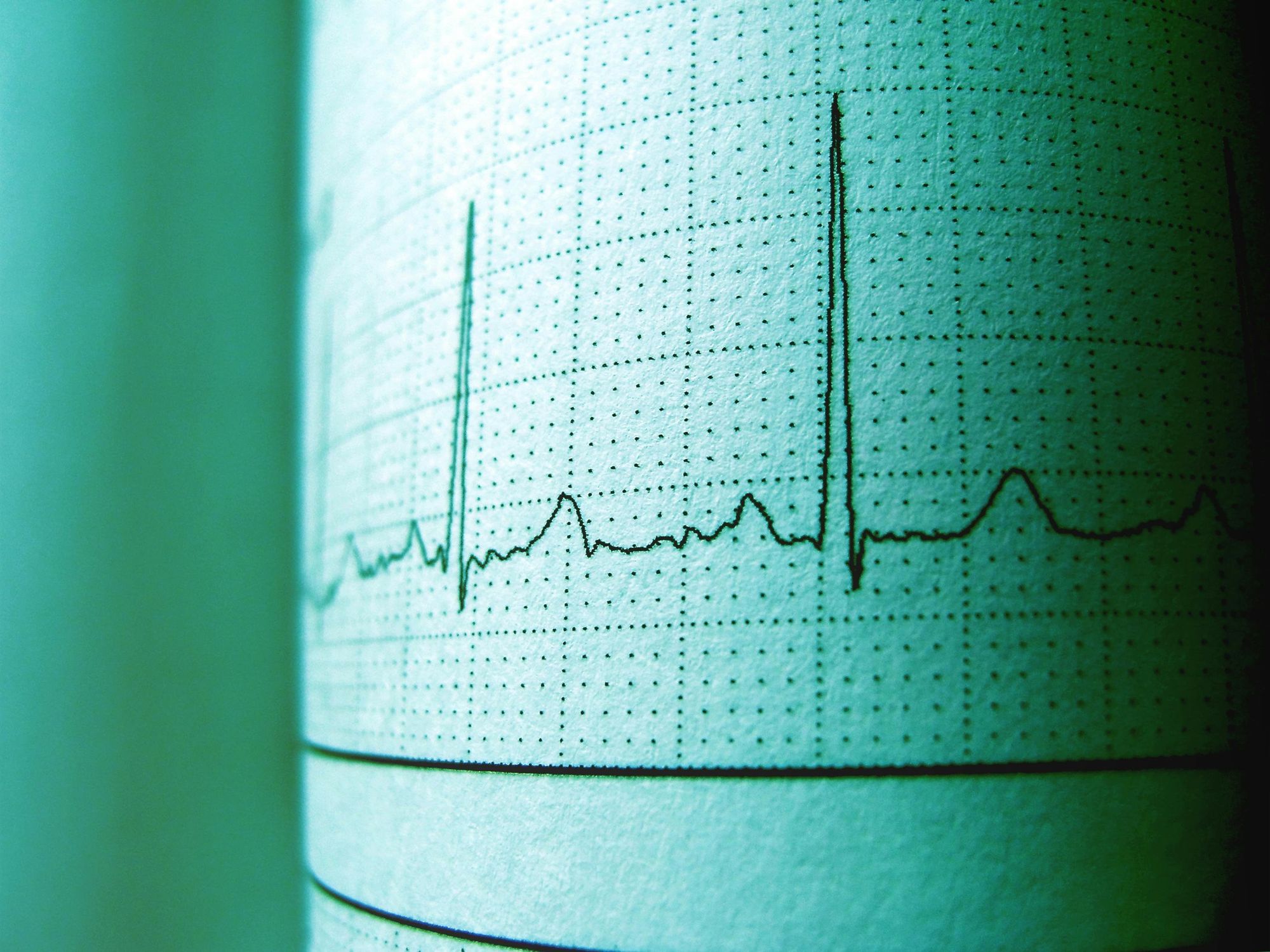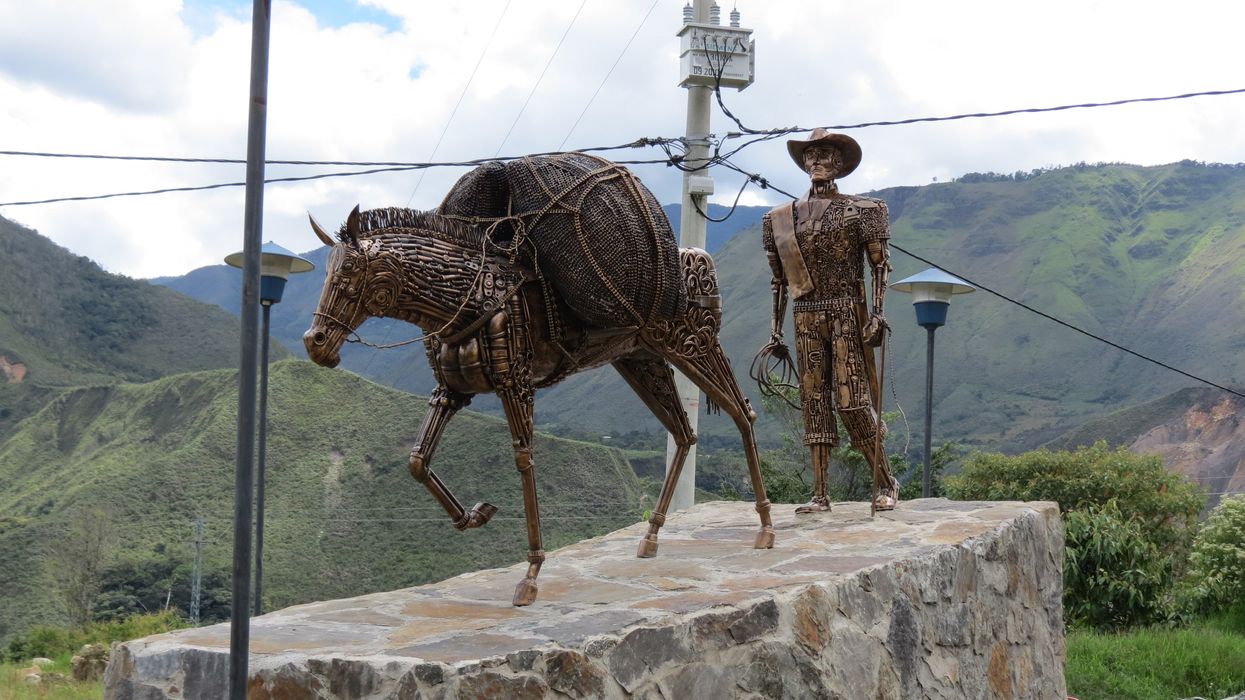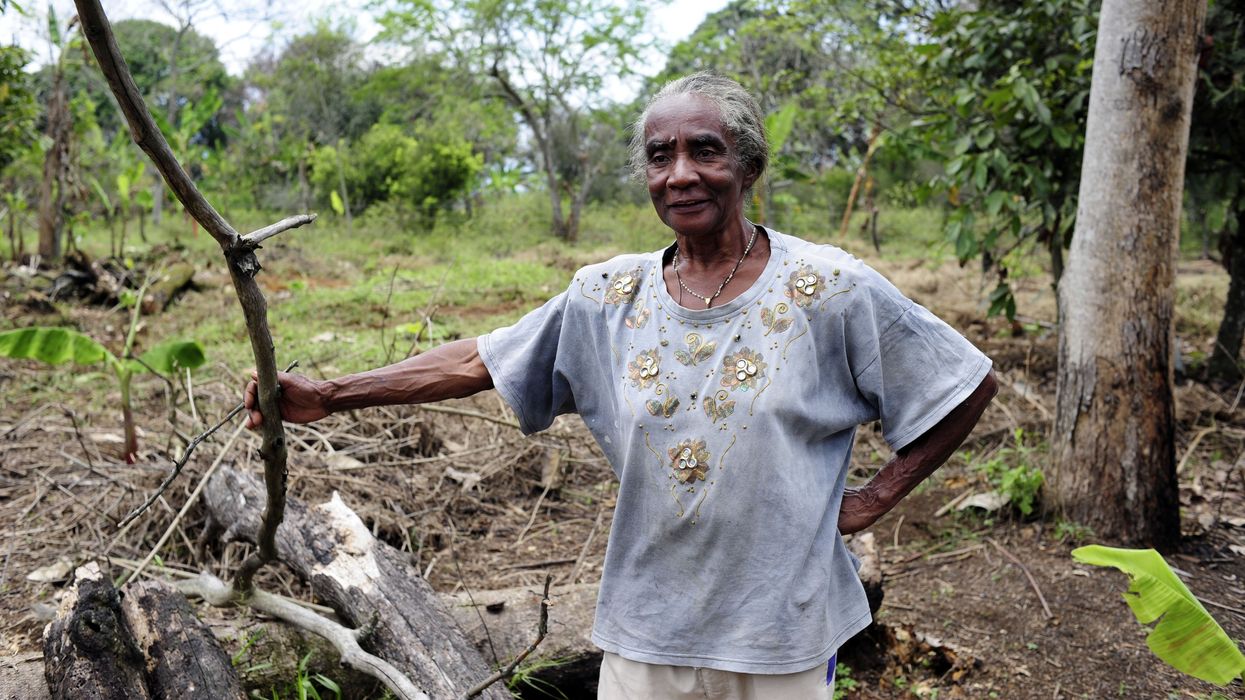In The Community
Millions of people around the world love a good cup of coffee. That’s not just because of the flavor or the customization options, but also because of how stimulating it is. Tea, you don’t even come close! However, and sorry to burst your bubble here, there is such a thing as drinking too much coffee. You may not even realize the effects, but they’re there and they may be disrupting your life a little. To help you out, here are 10 signs that you’re drinking way too much coffee and it’s time to reel it back:
You’re restless and even a little jittery
 Photo by Max Harlynking on Unsplash
Photo by Max Harlynking on UnsplashSo you’ve just had a huge cup of morning coffee or your third cup of the day and you start to feel like there’s an itch you can’t scratch or you’re agitated about something, but you have no idea what. It’s too much caffeine, that’s what! It never fails to lead to nervousness, an inability to be still, fidgeting, or pacing, and even anxiety or panic attacks. If this is relatable, it could be time to take a step back, assess how much coffee you’re having every day, and start reeling it back a bit.
Your sleep quality is down the drain
 Photo by Debashis RC Biswas on Unsplash
Photo by Debashis RC Biswas on UnsplashOne of the most common side effects of consuming too much coffee is difficulty falling asleep or staying asleep, which means your sleep quality goes out the window. Caffeine is a stimulant that can disrupt your body's natural sleep-wake cycle, so if you’re having insomnia and restless nights, consider cutting off your caffeine consumption 6 to 8 hours before your bedtime. If you miss coffee too much in the afternoon, decaf is a thing!
You’re having heart palpitations

Drinking excessive amounts of coffee can cause your heart to beat faster and irregularly, which is known as heart palpitations. So if you notice your heart racing or fluttering after drinking coffee, and there’s no other reason for it (say, stumbling upon a clip of Pedro Pascal winking directly at the camera), it may be time to cut back on your caffeine intake.
Stomach issues are a part of your personality

You know how they say that “hot girls have tummy issues”? Well, it could be because of your obsession with coffee. Coffee is known to stimulate the digestive system, but consuming too much can lead to a variety of issues. Including acid reflux, heartburn, and stomach discomfort. If you often have stomach issues and they usually flare up after you’ve had your coffee, it could be a sign that you’re overdoing it.
You can’t function without it

One thing about caffeine is that you can develop a dependency on it if you don’t watch yourself. Coffee is a pleasant little pick-me-up, but if you’ve crossed the line to “I can’t function without it and my head hurts if I don’t have my coffee,” it’s time to reevaluate your relationship with it. There’s no need for a breakup, but consider building healthier habits around coffee.
Your mood is all over the place

While coffee can initially improve your mood and make your mind feel as sharp as a knife for a while, consuming too much can have the opposite effect, leading to irritability, mood swings, and even depression in some cases. Our mood is already so unpredictable, why add fuel to the fire? Assess yourself and if you see a link between mood shifts and coffee, start reducing your caffeine consumption.
You take frequent trips to the bathroom
 Photo by Yena Kwon on Unsplash
Photo by Yena Kwon on UnsplashCoffee is a diuretic, which means it increases the production of urine, making you go to the bathroom a whole lot. This is why consuming too much coffee can make you feel dehydrated, so balance is important. Coffee is delicious, but you also have to remember to keep your caffeine intake at a healthy level and drink your water.
You experience muscle tremors

Excessive caffeine intake can cause muscle tremors or twitching, especially if you’re sensitive. So if you notice involuntary muscle movements after drinking coffee, like eye twitches or shaky hands, it could be a sign that you need to cut back on caffeine. Monitor your intake, which includes keeping an eye on how much tea, sodas, energy drinks, etc., you consume during the day, and find replacements so you can still enjoy a healthy dose of coffee.
You have decreased bone density

Some studies suggest that consuming too much caffeine can lead to decreased bone density and an increased risk of osteoporosis, especially in postmenopausal women. If bone health is a concern for you, controlling your caffeine intake is a must and it’s something you should discuss with your doctor. They can tell you how much caffeine is advisable for you and you can make better lifestyle choices based on that.
You get headaches often

When you become dependent on caffeine, headaches are one of the first signs of withdrawal. If you notice that you always get a headache when you stop drinking caffeine for the day, it might be time to gradually reduce your intake. Usually, 400mg of caffeine per day is ideal for most adults, but everyone’s sensitivity level is different so you’ll have to gauge yours.
None of this means you can’t enjoy coffee; it just means you have to do so in moderation!
When Colombian coffee is mentioned, it’s almost reflexive to associate the bean with top-notch quality and flavor. Ever wonder how Colombian beans rose to such global fame? It's a saga of cultural identity, meticulous craftsmanship, global marketing, and, inevitably, controversy. And no one embodies this narrative better than the iconic figure of Juan Valdez.
Who is Juan Valdez?
Contrary to popular belief, Juan Valdez is a fictional character, conceived by the FNC to humanize and exemplify traditional Colombian coffee cultivation processes. But before Juan Valdez became synonymous with Colombian coffee, this globally loved beverage was struggling to find its unique identity in the crowded world of coffee brands. The National Federation of Coffee Growers of Colombia (FNC), established in 1927, had the challenging task of promoting Colombian coffee as a premium product internationally.
In 1959, the FNC, in collaboration with the Doyle Dane Bernbach ad agency, created the character of Juan Valdez. This humble coffee farmer, accompanied by his trusty mule Conchita, quickly became the symbol of Colombian coffee's high quality and uniqueness. Dressed in traditional Colombian attire and wearing a sombrero, Valdez was a personification of the countless coffee growers who toil on the country's mountainous slopes, painstakingly picking every coffee cherry by hand.
The FNC's strategy was hugely successful. Juan Valdez represented not just a brand, but the labor of more than 500,000 Colombian families involved in coffee farming. The authenticity of the narrative appealed to consumers, and the '100% Colombian Coffee' logo became a sign of quality assurance.
Throughout the 1960s and beyond, the Juan Valdez marketing campaign spread worldwide. It emphasized Colombian coffee's distinguishing factors: its hand-picked harvesting, the unique climate, and altitude of the Colombian Andes, which resulted in a smoother, richer taste, and the warm, honest labor of its people. This narrative set Colombian coffee apart from its competitors and played a crucial role in its global success.
By the turn of the 21st century, the FNC had not only succeeded in establishing Colombian coffee as a premium brand but had also ventured into cafe businesses. 'Juan Valdez Cafe' stores, adorned with the image of the beloved character, became places where people could experience the rich Colombian coffee culture firsthand. They expanded globally, creating a robust presence in America, Asia, and Europe.
However, the journey of Colombian coffee was not devoid of controversy. For all the prosperity the coffee trade brought, it also had its share of negative impacts.
Coffee cultivation can be incredibly hard on the environment. Intensive farming practices lead to deforestation, soil erosion, and water pollution. While Colombian coffee farmers, represented by the FNC, generally adhere to sustainable practices, some criticisms have been made regarding environmental degradation in some regions.
Moreover, the fluctuating prices of coffee on the international market often leave coffee farmers in precarious economic positions. While the FNC is meant to support farmers, the small growers, whose image is so powerfully symbolized by Juan Valdez, can struggle to make a livable income. The reality for these farmers can contrast sharply with the idyllic image portrayed in the Juan Valdez marketing campaign.
Juan Valdez’s character himself hasn’t escaped criticism, either. Some argue that he may inadvertently uphold cultural stereotypes and fails to represent the sector’s labor demographics accurately, where women actually constitute 70% of the workforce.
Lastly, during the late 20th century, the political turmoil in Colombia and the rise of drug trafficking cast a shadow over the coffee industry. The safety of rural communities involved in coffee cultivation became a significant concern.
Despite these challenges, the story of Juan Valdez and Colombian coffee remains an example of successful and enduring marketing efforts that have effectively elevated a national product into a global brand, a reminder of the power of a well-crafted narrative and the importance of maintaining the balance between economic progress and social-environmental responsibility.
The tale of Colombian coffee is far from over, and as consumers, we hold a stake in its ongoing journey, every time we savor a cup of this beloved beverage. So, next time you savor a cup of Colombian coffee, remember the remarkable journey it has undertaken and the legacy it continues to foster.
- Pachucas: The Chic Fashion Rebels of 1940s Mexico ›
- The Lost History of the Adelitas of the Mexican Revolution ›
- Is Coffee Making You Anxious? 7 Signs to Think About - Luz Media ›






